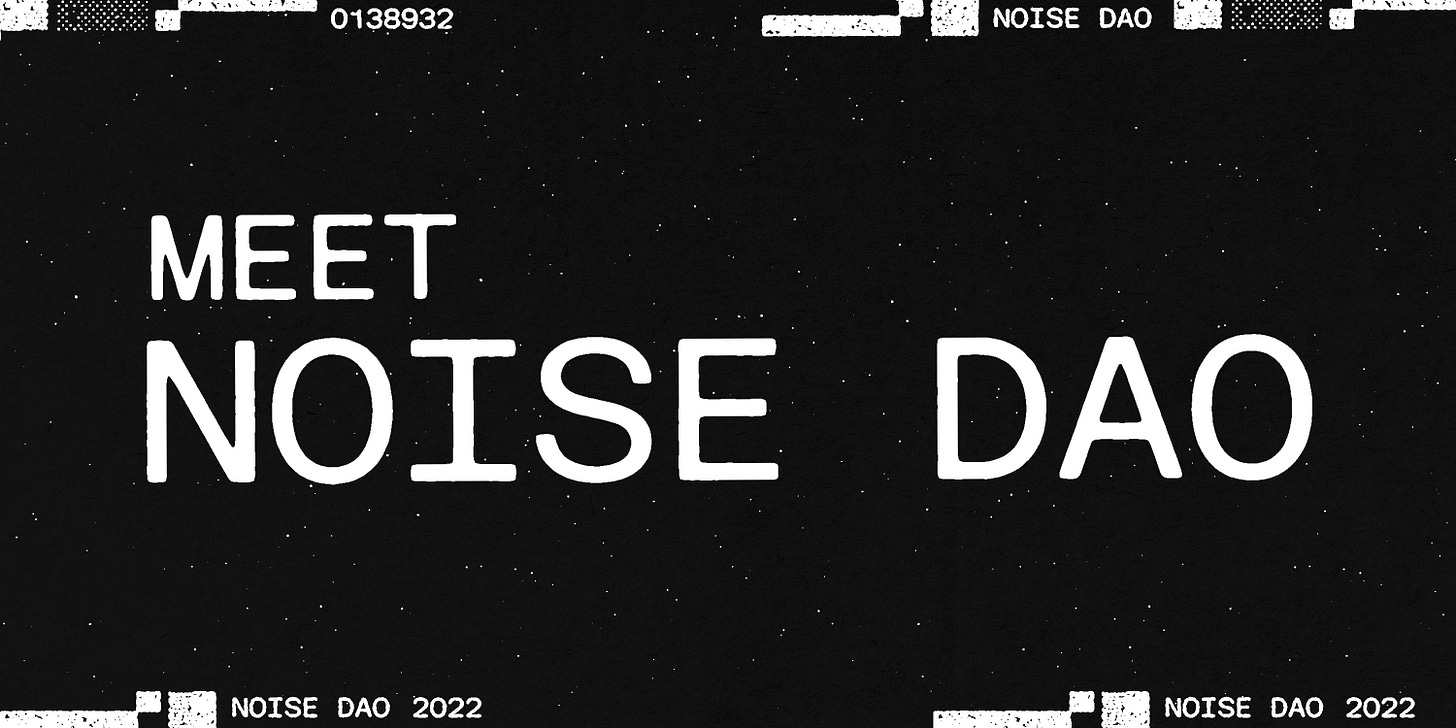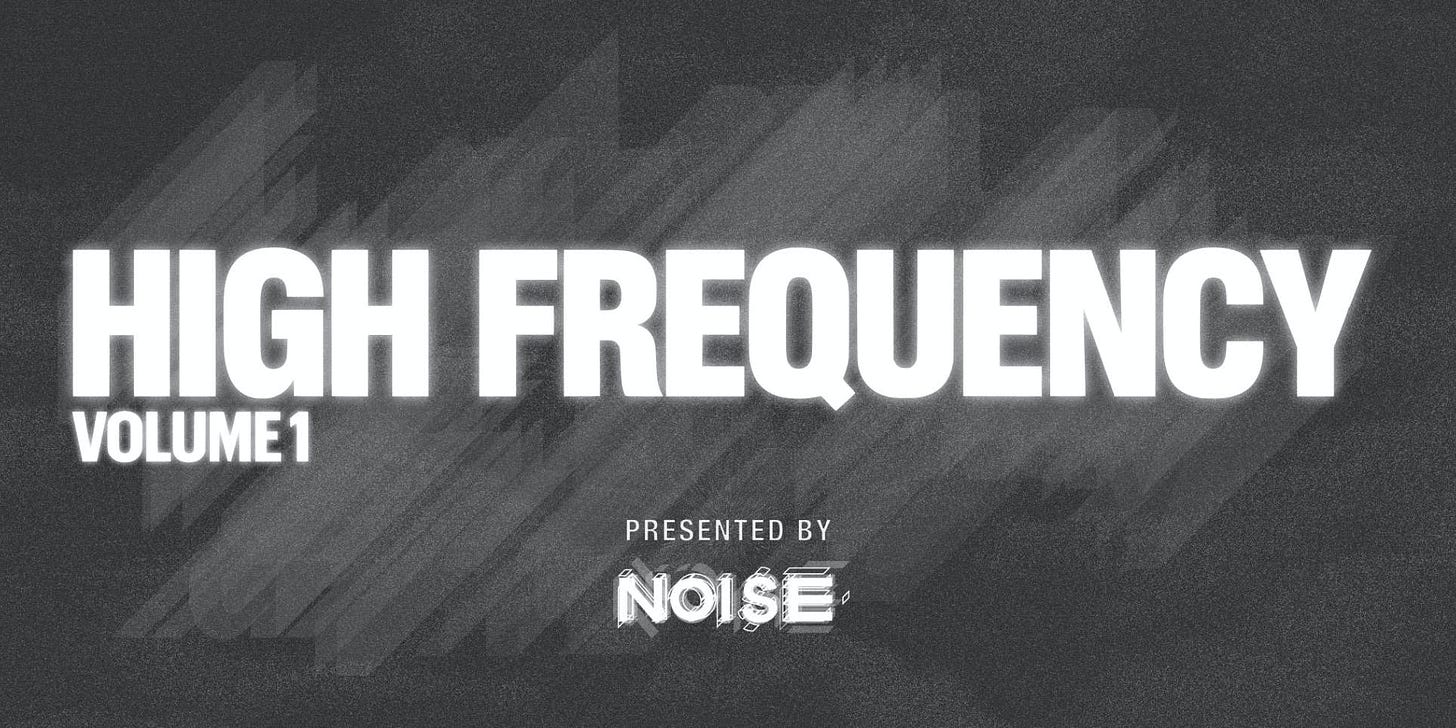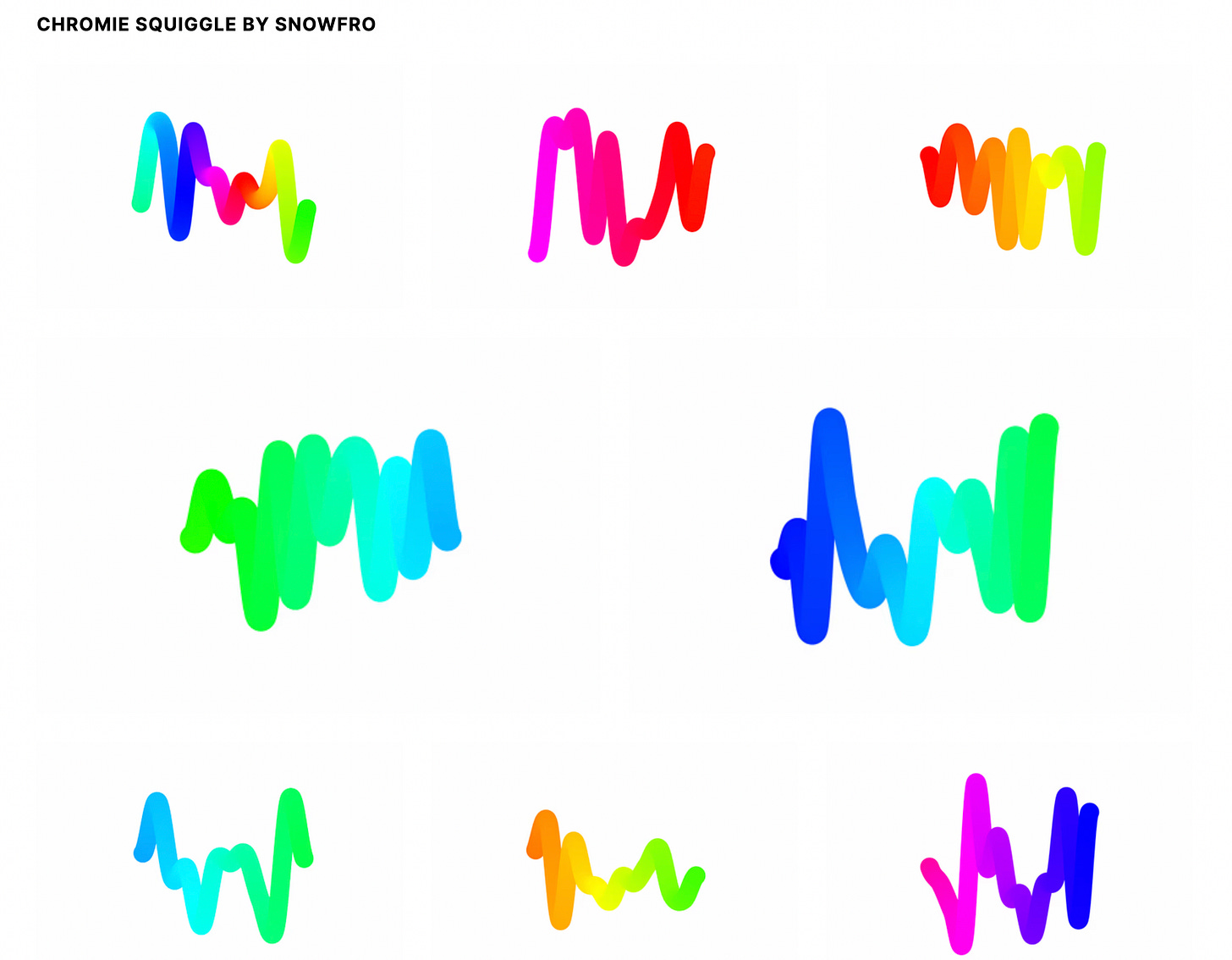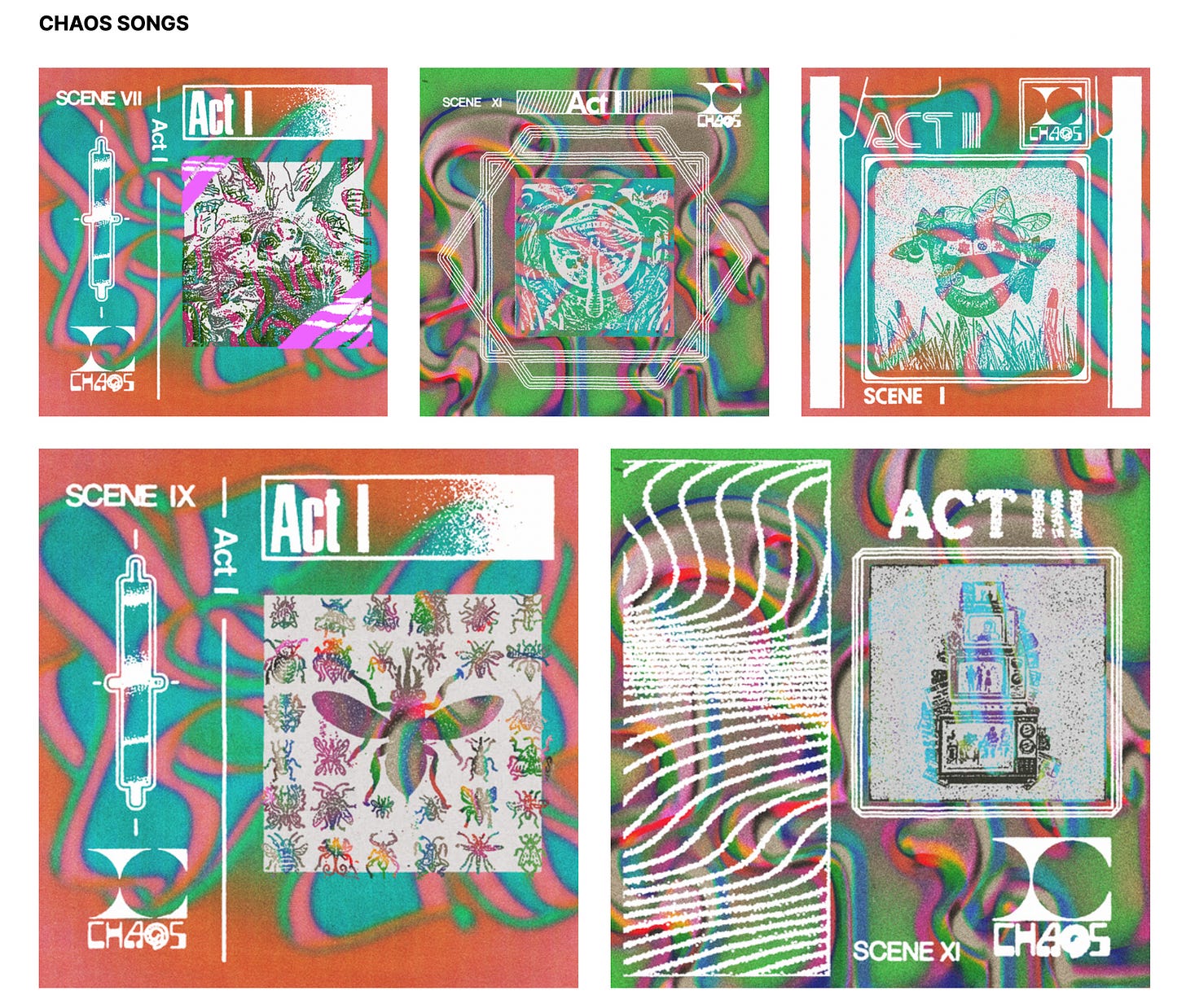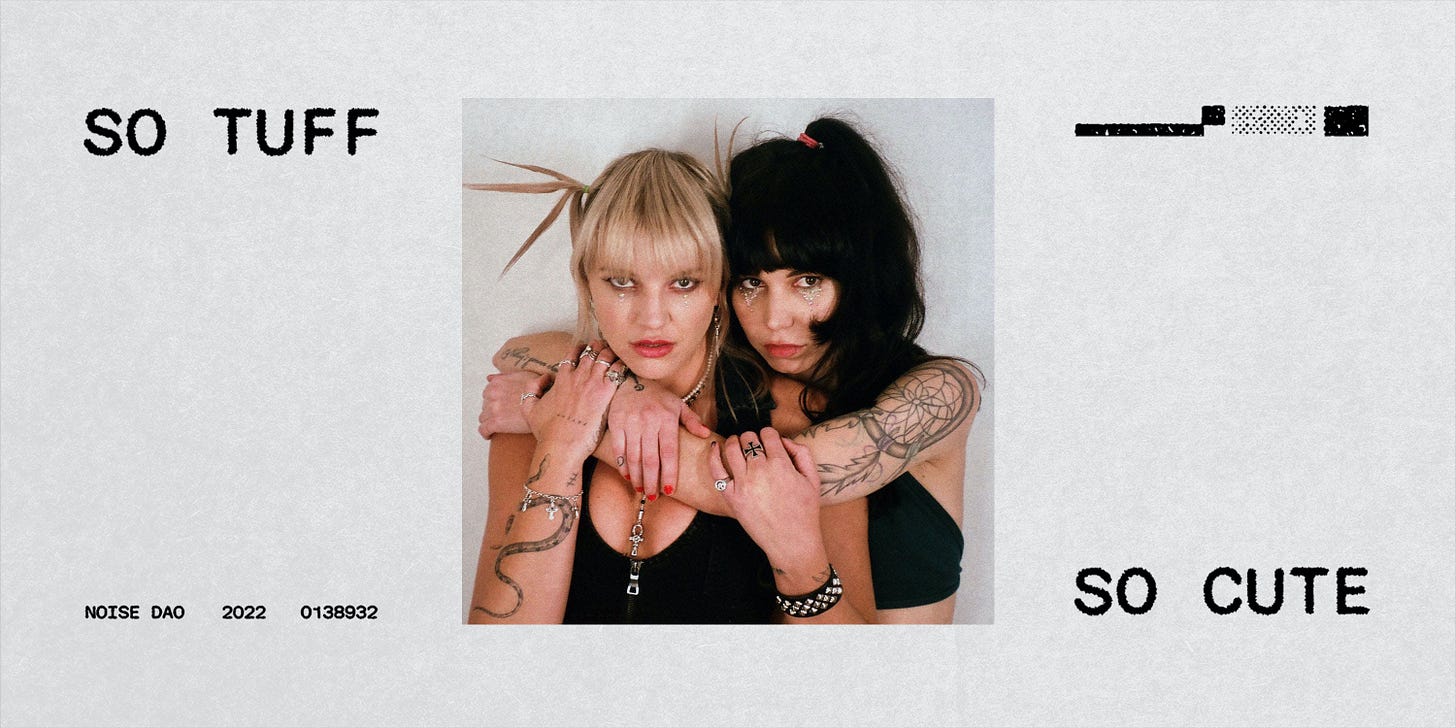Inside the world’s biggest ($2.7 million) music NFT collector DAO
Exclusive interview with Noise DAO and its new compilation album NFTs.
Gm music fans,
When I first got deeply involved with music NFTs there was one name I kept seeing over and over again.
At the time, I couldn’t find much information except a wallet full of music NFTs.
Hundreds of them.
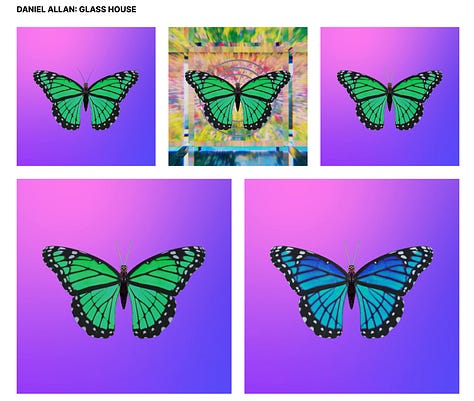
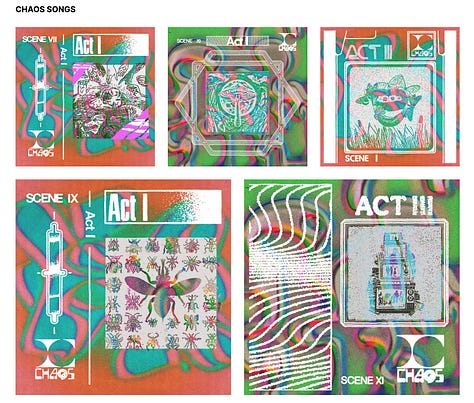

Digging deeper, I learned that Noise DAO was a group of musicians, collectors and founders pooling capital and resources to support the emerging Web3 music scene.
Collectively, the group has acquired some of the most significant and culturally important music NFTs in the space. And it has direct investments in Web3 music platforms like Catalog, Songcamp, Hume, Heds, Dreams Never Die, Spinamp, Spores and more.
Now, Noise DAO wants to take music NFTs from 10,000 collectors to 100,000, starting with a compilation album…
High Frequency Volume I
High Frequency Volume I is a compilation album curated by NoiseDAO featuring 16 of the leading independent artists in Web3. Each track will be released through a series of weekly curated NFT drops on Sound.xyz.
“Music has moments in time and we think we’re living in a very special moment… This is a snapshot of this moment in time.”
To find out more about Noise DAO’s fascinating history and the inspiration behind the curated NFT drops, I sat down with some of the members.
What is NoiseDAO?
NoiseDAO is a group of music enthusiasts that combined their resources to invest in the Web3 music ecosystem.
At least 52 wallets have contributed 1,780 ETH (~$2.7 million) since forming in November 2021. Most are pseudonymous, although the DAO publicly includes musicians like RAC, Verite, Matthew Chaim, Daniel Allan and Deafbeef, as well as several prominent collectors like Derek Edws, Brett Shear, Aaron Wright and Adam d’Augelli.
However, even the members don’t know the full makeup of the DAO. “We can tell you as much as we know,” one member says. “It’s a mix of artists, builders and music NFT enthusiasts.”
Wait, what’s a DAO?
DAOs are a new experiment in organising human activity without the traditional leadership structures.
“A DAO is a bunch of people working together for a shared common goal,” one of the members tells me. “But there’s not a leader. And we think there’s magic to that but it’s also a little bit of chaos.”
Not all DAOs have been successful. Many are paralyzed trying to make progress without hierarchy or leadership but using DAOs as a vehicle for collective investments has been one of the breakout use-cases.
Inspired by Flamingo DAO
To understand the roots of Noise DAO, we need to go back deeper into the NFT scene.
Specifically… to Flamingo DAO.
“Flamingo DAO is the most exciting investment management company in the last 100 years,” says one of Noise DAO’s members. “It’s super weird and out-there but the idea was ‘hey can we get together a bunch of people who believe in visual art NFTs and invest in them?’”
Flamingo has since deployed more than 20k ETH (~$30 million) into visual art. The collection includes more than 100 Crypto Punks, dozens of Chromie Squiggles, Ringers, Archetypes and other ArtBlocks projects, as well as countless valuable PFPs like Meebits, CloneX and Bored Apes.
It’s quite simply one of the most valuable collections of NFTs anywhere on the planet.
FlamingoDAO was successful for two reasons.
First, it established an efficient source of capital for artists in the space. “[It created] a large group of buyers that artists can come and talk to.”
But more importantly, the DAO — as a giant collective entity — became one of the biggest advocates for the entire ecosystem, providing education, context and a spotlight on the leading artists.
“It was really a brand that says ‘We care about this.’”
The Flamingo DAO model was a key reason why NFTs found a bigger audience and attracted new collectors.
Music NFTs? “This is kinda cool”
In 2021, a few members of Flamingo DAO began to get excited about the rise of music NFTs.
Together with other music enthusiasts across the crypto space, they came together to launch Noise DAO in November 2021, not exactly replicating the Flamingo playbook, but “learning from what worked.”
Most of the early members were musicians, investors and builders who were excited about the long-term potential of Web3 and blockchain in music. “We just wanted to help support the ecosystem.”
The DAO has since collected hundreds of iconic music NFTs and deployed capital directly into musicians and builders in the space. NoiseDAO often buys “clips” of 10% of large, ambitious music projects like Chaos Packs. It also invests directly into early stage companies.
However, like Flamingo DAO, the most important aspect is advocacy for the artists and advancing Web3 music as a movement.
“We got feedback from potential collectors that were excited about this space but didn’t know where to get started.”
Noise DAO needed a way to bring music NFTs to a bigger audience and be a champion for this new movement. That’s where High Frequency came in.
“We think they’re going to be superstars”
While there’s plenty of content on the business side of music NFTs, Noise DAO noticed a gap in the coverage of Web3 music.
“No-one was telling the story of the artist. We’re collecting nfts, we love the music, we’re investing in the infrastructure and artist collectives… We should tell the story.”
So High Frequency was born as the editorial branch of Noise written by Wallace Morgan — a writer with previous bylines at Rolling Stone. High Frequency runs in-depth interviews with many of the defining musicians in the space including Matthew Chaim, Verite and a foundational feature on So Tuff So Cute.
The goal is to highlight the “future superstars,” put the Web3 music movement in context and introduce new collectors to the scene.
However, NoiseDAO still wants to go further. Telling the artist story is one thing, but how do they help trigger that first that first music NFT purchase?
“The first NFT is terrifying. But once you get your first one, it’s like, ‘How do I get more?’”
Compilation albums
To help onboard new collectors, High Frequency will curate a series of NFT drops to showcase some of the leading names in the space.
Harking back to the magazine compilation albums, the idea is to capture a moment in time and make it easy for potential collectors to get a snapshot of the biggest artists in the space — all with the trusted co-sign of Noise DAO.


Starting next week, the compilation albums will roll out as a weekly series of NFT drops. Volume 1 includes:
msft
Black Dave
TWERL
Mija
Lackhoney
SLOE JACK
Iman Europe
Karma Wav
bloody white
Dadabots
Matthew Chaim
Pauline Herr
Oshi
Camoufly
Haleek Maul
Reo Cragun
The first drop is next Tuesday, February 21st, followed by weekly releases on Sound.xyz.
Supply will be 25 editions at 0.05 ETH each.
From 10k wallets to 100k and beyond
The big-picture goal is to grow the number of active collectors in Web3 music, starting with the group’s links to other collector DAOs, such as Flamingo, where the mental leap to collecting a music NFT is smallest.
“If you’ve collected an NFT but not a music NFT you’re probably most ready to have this conversation … you already get digital value.”
From there, the leap to mainstream adoption and a million wallets is less clear, but the NoiseDAO approach is pragmatic and could lead to incremental steps forward.
The end state? A brand owned by music enthusiasts…
While NoiseDAO has so far been somewhat exclusive, the ultimate goal is to welcome as many people as possible into the brand. “We want to have lots of different ways for people to become ‘Noise’,” says a DAO member.
Although investing activity is capped by accredited investor rules and LLC laws, there will be several different ways for people to feel involved in the bigger vision of Noise DAO. “The end state is it should be a brand owned by people who identify themselves as collectors of music NFTs.”
Of course, as with all DAO experiments, none of this will be a straight line, and we end the interview on a common theme:
“The magic of DAOs is chaos.”
More about NoiseDAO?
Visit the DAO’s website here.
Read the High Frequency features here.
And see the official Volume 1 announcement here.
Thanks for reading!
This one was a lot of fun to research and write, and huge thanks to NoiseDAO for taking the time to walk me through their history. Did you find this valuable? Let me know if you’d like to see more content like this by reaching out to me on Twitter.




